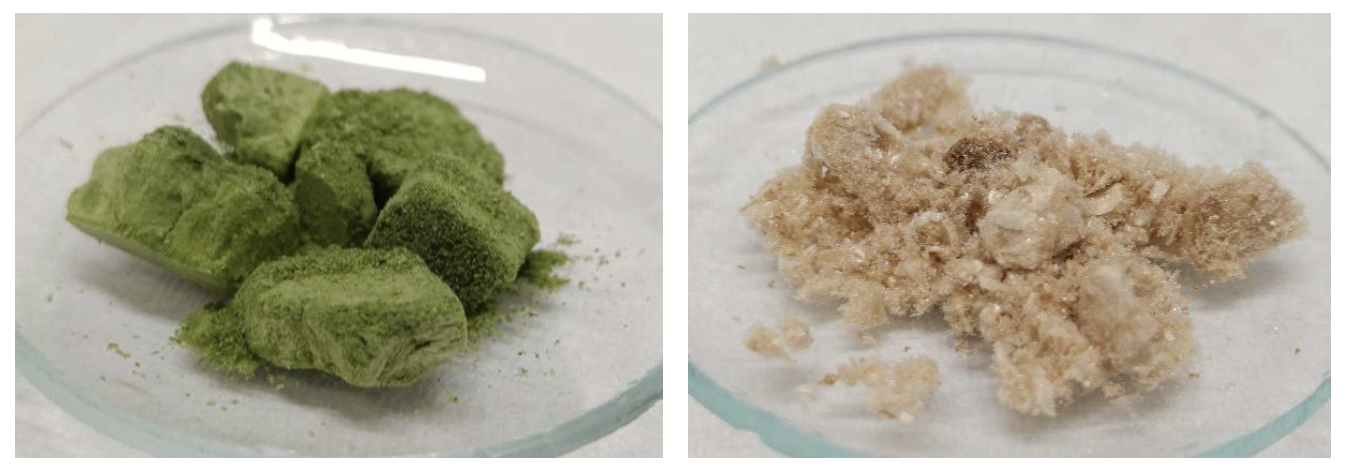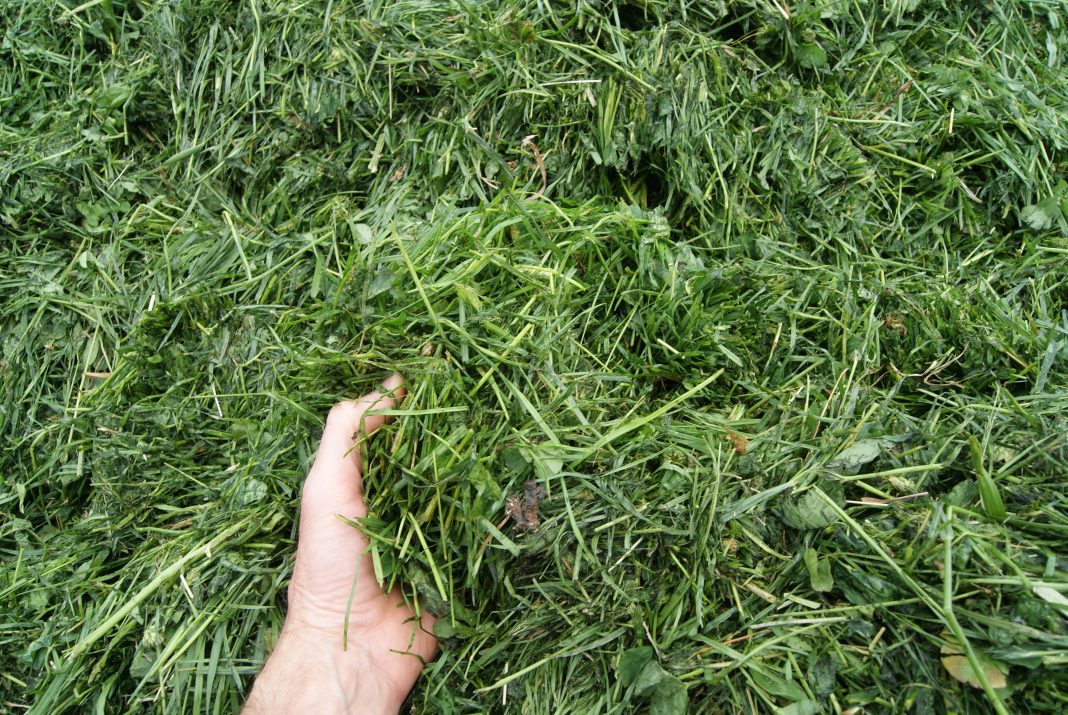The world faces a dual challenge: reducing the environmental impact of food production while ensuring a sustainable supply of high-quality proteins. New membrane filtration method enables us to produce food-grade proteins free of green color, grassy taste and odor
Background:
The protein challenge Traditional animal-based protein sources are resource-intensive and contribute significantly to greenhouse gas emissions. Yet, proteins—especially those containing essential amino acids—are vital for human nutrition.
Clover grass and lucerne: A green opportunity
Clover grass and lucerne, currently used as livestock feed for ruminants, offers a promising plant-based alternative for humans. These crops grow without pesticides, require little to no fertilizer, support carbon and nitrogen sequestration, and thrive even during droughts due to their deep roots. Their long growing season and high protein yield per hectare make them ideal candidates for sustainable agriculture. Further, they reduce nutrient leakage to ground water and to nearby water systems such as lakes, creeks and fjords.
These effects are explored in the GGP4H2O project.

From feed to food: A technological leap
Protein extracted from clover grass and lucerne are in focus for use in monogastric animal feed and are commercialized in countries like Denmark, the Netherlands and France and is underway in other countries. However, the traditional heat-based extraction methods applied for extracting feed proteins degrade the protein quality and leave a strong grassy taste and odor—making it unsuitable for human consumption.
To address this, Danish researchers led by Professor Mette Lübeck at Department of Chemistry and Bioscience, Aalborg University have developed a novel membrane filtration method that preserves the protein’s natural structure and removes undesirable components like chlorophyll, fibers, and microbes through the Grass4Food project. This method focuses on extracting RuBisCO, a protein rich in essential amino acids and known for its excellent functional properties such as solubility, emulsification, foaming, and gelling. Attributes which are lacking in most other plant proteins and of great interest in the food industry. These functionalities and food prototyping are explored in the HQProtein project. Another project, PhyPro, explores the interactions between protein and phytochemicals during the processing.

Membrane technology: A game-changer
The new two-step membrane filtration process removes unwanted particles, color, and odor and concentrates water-soluble proteins without denaturing them. This approach mirrors the success of whey protein processing and opens the door to a new class of plant-based, functional food ingredients. The process enables to separate food grade proteins from feed proteins to monogastric animals and leaves a fiber fraction for ruminant livestock. The fiber fraction can also be used for many other purposes such as biogenic building materials, textiles or biogas to mention a few.
Next steps
The membrane technology is being tested at pilot scale by the Danish company BiomassProtein, led by Peter S. Lübeck, with the goal of scaling to full production. The process could be adapted to other underutilized leafy crops like beet, carrot, potato, hemp, and cassava leaves—further expanding sustainable protein portfolio and using local bioresources better which we explore in the Leaf2Food project.
This research is supported by GUDP, Novo Nordisk Foundation and The Independent Research Foundation of Denmark.
Policy relevance and EU implications
The innovation supports the EU Green Deal and Farm to Fork Strategy by promoting circular bioeconomy and sustainable land use. This development will reduce reliance on imported soy protein and align with EU goals for strategic autonomy in food production. Further it will help the green transition in agricultural production, high on the political agenda. To facilitate commercialization, government subsidies may play a pivotal role during the initial phases, akin to the support mechanisms that were instrumental in launching the wind energy and biogas sectors.
In Europe, clover grass and lucerne protein are classified as “novel food” under EU rules, requiring safety assessments and approval before market entry. The regulations are very opaque and difficult to work with, and it takes several years to get a new product approved. Therefore, it is encouraged to have an easier-to-access set of regulations and faster approval procedures for future food approvals.


